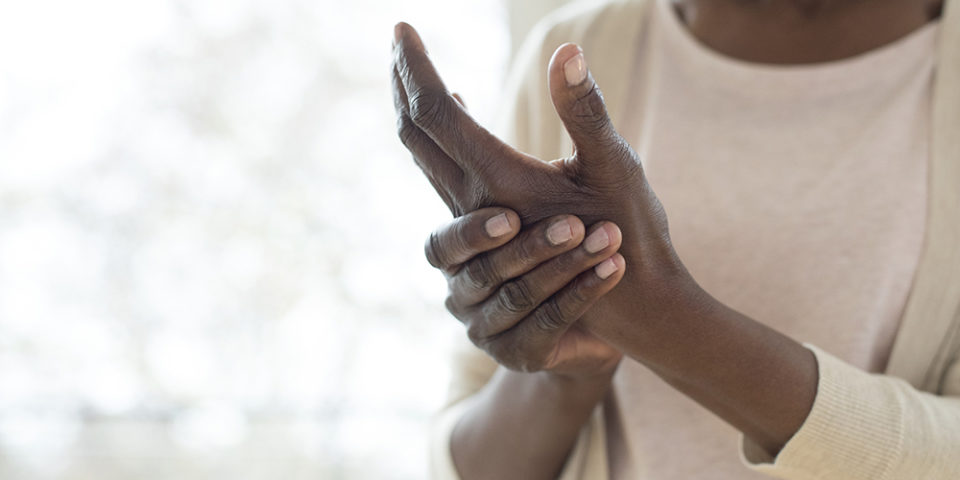When to be concerned about cold hands and feet
We can all probably identify as cold natured or warm natured. But if you feel cold all the time, especially in your hands and feet, you might wonder if something more is going on. Vascular surgeon Michael Cicchillo, MD, explained what might be happening and when to see a doctor if you have cold hands and feet.
“Most of the time, there is nothing wrong with having cold hands and feet,” Dr. Cicchillo said. “The human body is designed to regulate its temperature at all times. When we are exposed to cold weather, our bodies bring the blood flow – and the heat – to our core and to our vital organs. To do that, it may divert the blood from the periphery of our bodies, our hands and feet. It does that by constricting the blood vessels there. That way conserving heat and moving the heat in the blood flow to the core of our bodies. When that happens, we get cold hands and feet.”
However, there are medical conditions or diseases that may have the same symptoms, such as:
- Acrocyanosis – causing cold hands and also discoloration of the fingers
- Peripheral vascular disease (PVD)
- Raynaud’s disease – when vessels spasm more than they would normally
When should a person be concerned about having cold hands and feet?
Dr. Cicchillo said the most important thing is knowing your body.
“If a person constantly has cold feet despite it being not that cold or despite changes in weather, especially if it’s associated with some skin changes, that could be a sign of an underlying problem.”
These skin changes may include:
- Sores or wounds
- Numbness
- Tingling
- Discoloration
- Becoming extremely red, swollen and tender after rewarming
- Skin thickening or tightening
- Loss of hair on shins
- Changes in nails
“When walking, if you get cramping or heaviness in the calves and legs, these may be signs of PVD,” said Dr. Cichillo.
Who is at risk for peripheral vascular disease?
Groups who are at increased risk for having issues with their blood vessels include:
- Smokers
- Diabetics, especially if their diabetes is not well controlled
- Patients who have autoimmune diseases such as lupus, rheumatoid arthritis or scleroderma
Dr. Cicchillo said there are other medical conditions that can also cause cold hands and feet sensation but do not necessarily affect the blood vessels. These include:
- Low thyroid output, or hypothyroidism
- Vitamin B12 deficiency
- Anemia
“If you fall into one of these categories or have some of these symptoms, you would probably be well advised to see your physician,” said Dr. Cicchillo.
What will happen at a doctor’s visit?
Dr. Cicchillo said the visit would likely consist of a history and physical and a complete exam.
“They’re going to check the pulses in both your hands and feet and see if there’s any change. They may order some blood tests and or ultrasounds. According to their findings, they may send you to see a vascular specialist like myself to help further assess your symptoms.”
How is PVD treated?
Treatment depends on your symptoms. It can range from conservative management and risk factor control to intervention with a catheter and a balloon, or open surgery.
“With medications, one of our main aims is to control the risk factors – blood pressure, blood sugar, cholesterol – and make sure you’re on an aspirin,” Dr. Cicchillo said.
Can PVD be reversed with exercise and diet?
The process of PVD and the blockages cannot be reversed without intervention.
“What we can do is improve the symptoms associated with that blockage by modifying things like exercise, diet and medications,” Dr. Cicchillo said. “Of course, if that doesn’t help, we go to the next step, which is intervention. And with that we can reverse the blockage, either by ballooning, stenting or even bypassing it.”
“I always tell my patients that you know your own bodies. If you feel something is not right, please reach out to your physician,” he added.
Find a doctor
Whether you’re looking for a primary care physician or need to see a specialist, we’re here to help with experienced, compassionate care near you.
Find a Doctor

